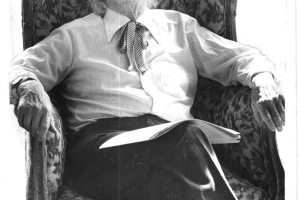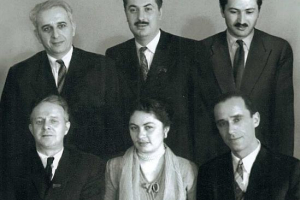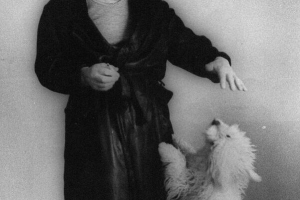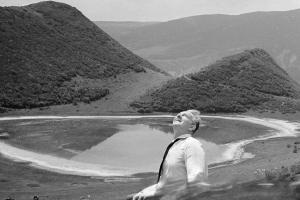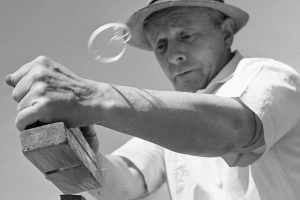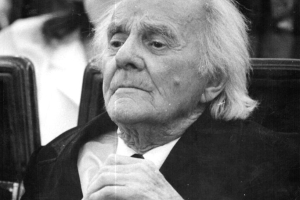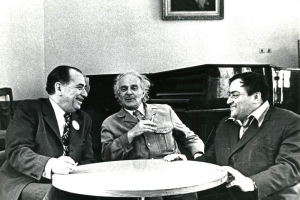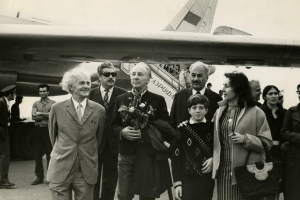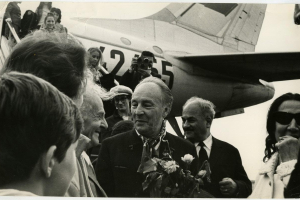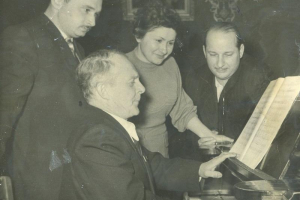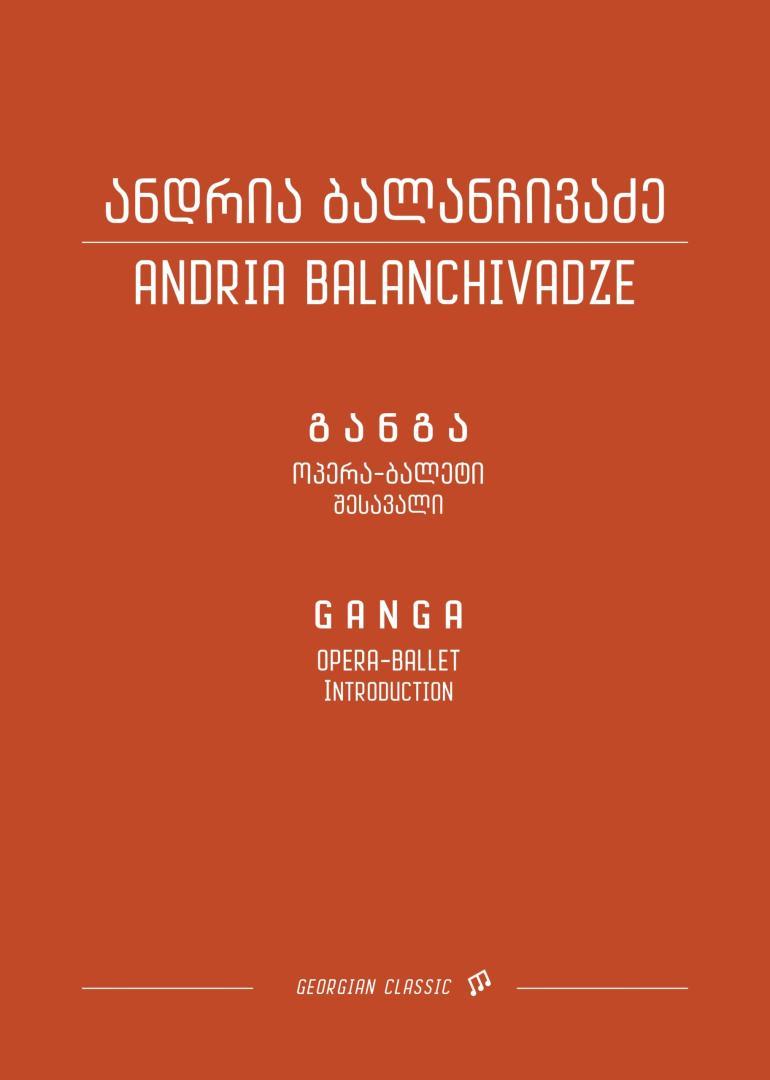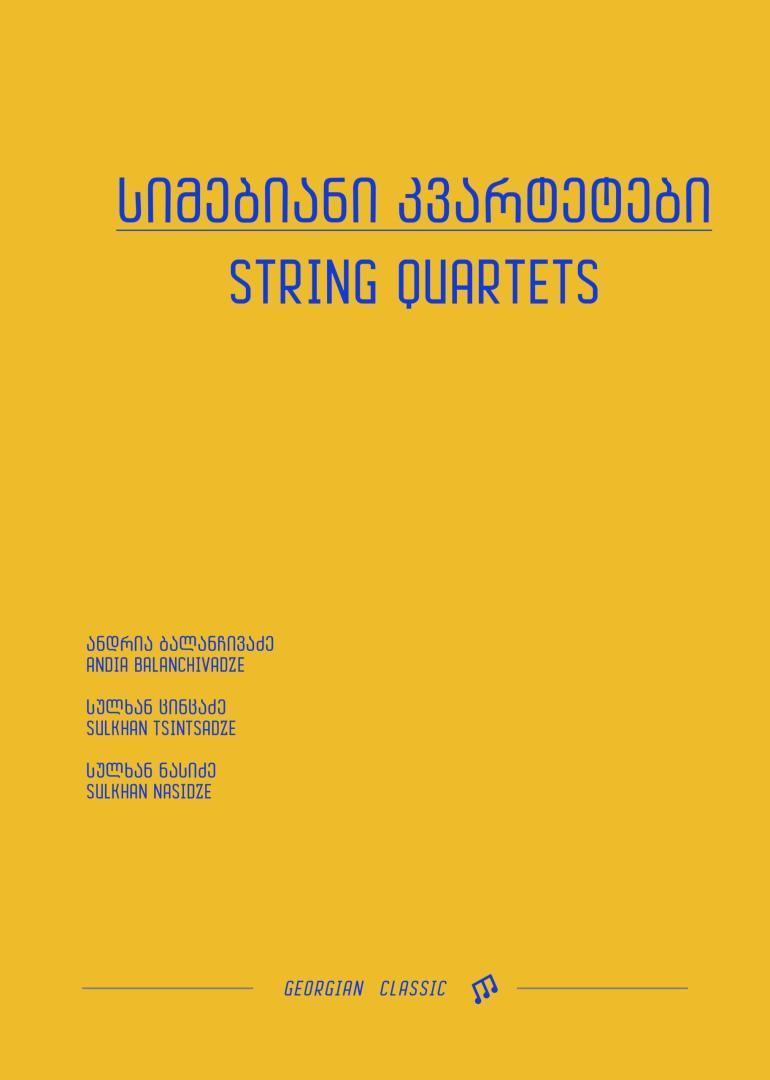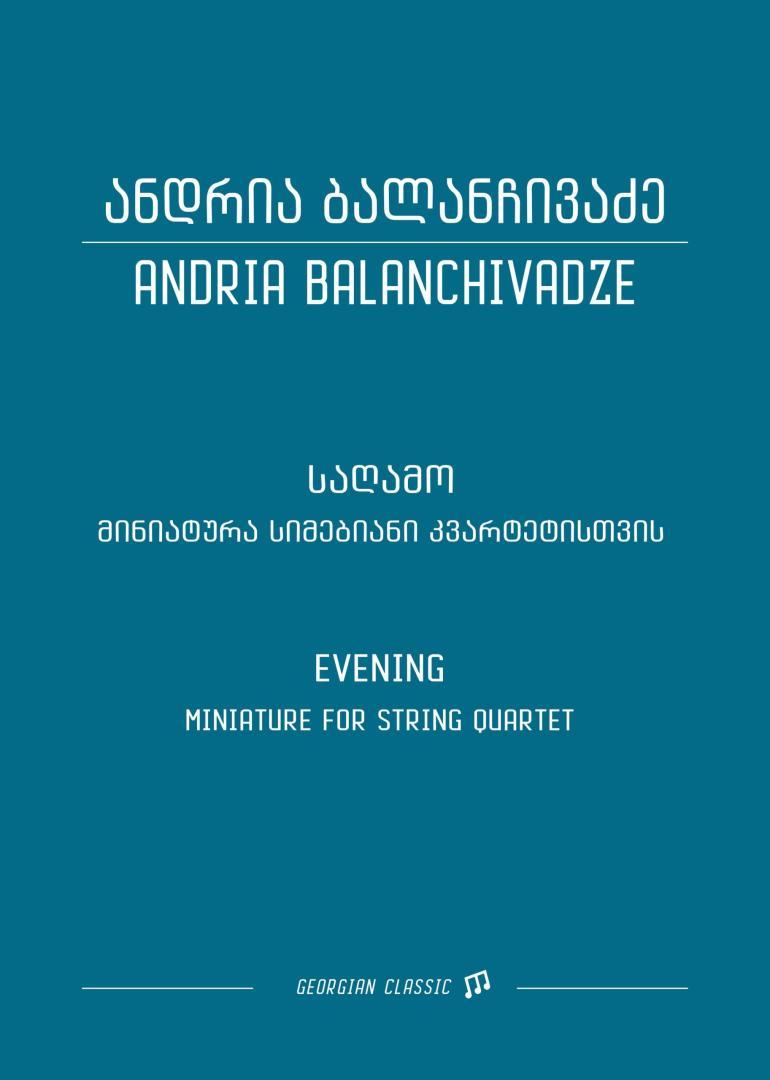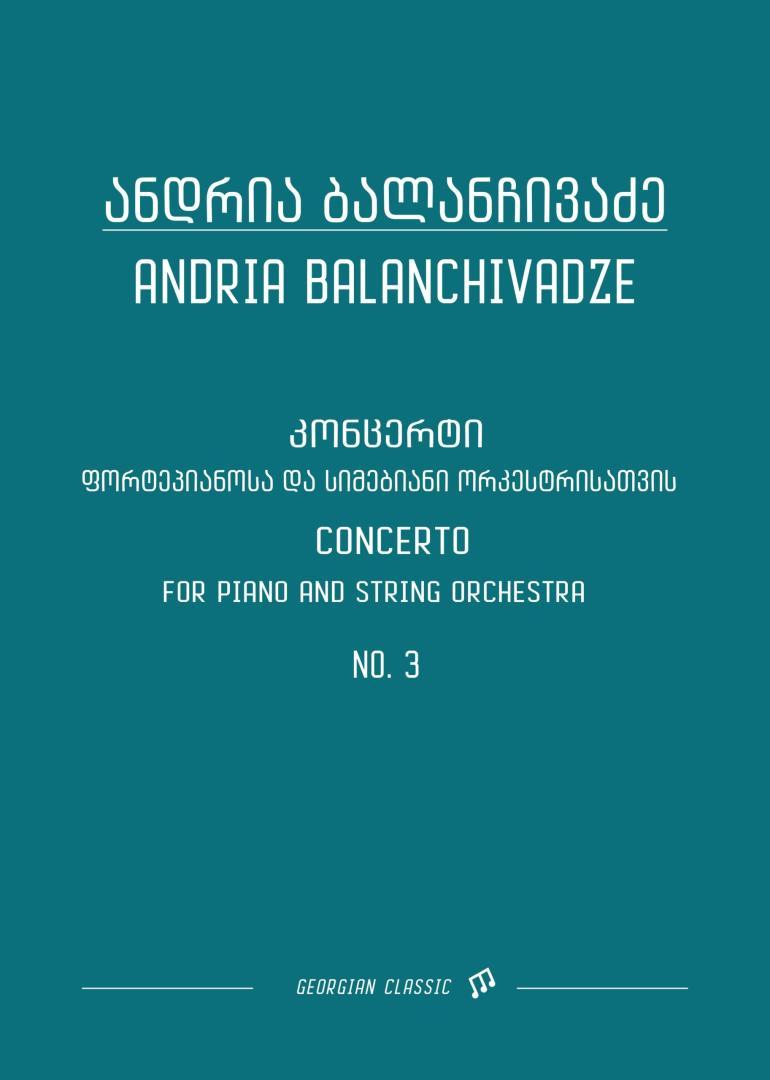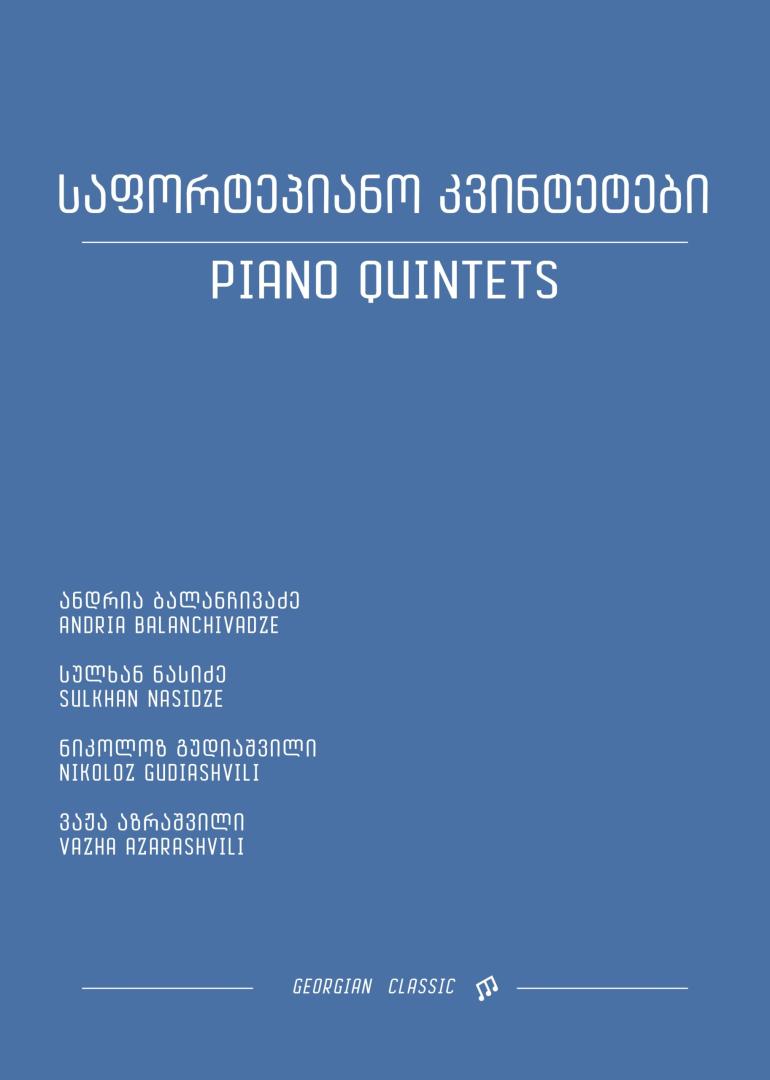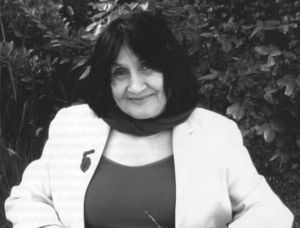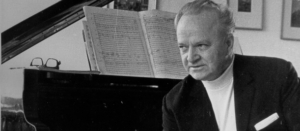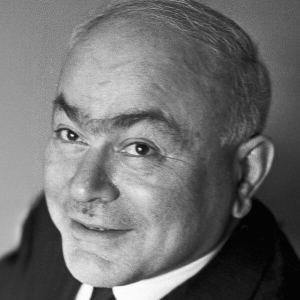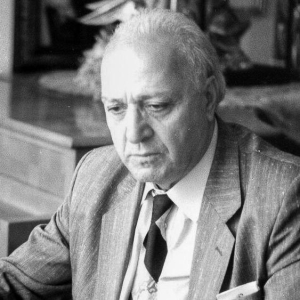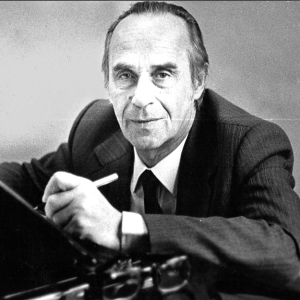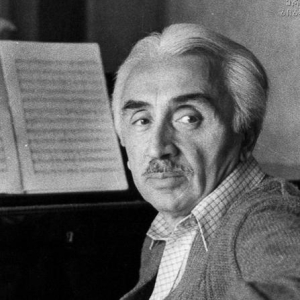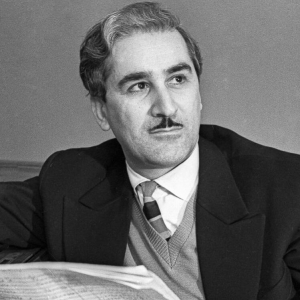Andria
Balanchivadze
Andria Balanchivadze
(1906 – 1992)
Andria Balanchivadze, prominent Georgian composer, teacher, public figure. The founder of the new Georgian school of composition. People’s Artist of Georgia (1957), People’s Artist of the Soviet Union (1968), Laureate of the State Prize of the Soviet Union (1947, 1947)…
Date of birth – June 1, 1906
Place of birth – Saint Petersburg, Russian Federation
Date of death – April 28, 1992
He is buried in Didube Pantheon of Writers and Public Figures – Tbilisi
BIOGRAPHICAL DATA
Andria Balanchivadze was born in the family of composer Meliton Balanchivadze, a classic of Georgian musical art. He began studying music in St. Petersburg. In 1918, the family returned to Georgia and continues his studies in Kutaisi, at the music school founded by his father.
In 1921–1925, he studied at the Tbilisi Conservatory. The composition was mastered by M. In the class of Ipolitov–Ivanov, then N. with Cherepnin and S. with Barkhudarian, and piano art by I. with the iceberg. In the same years, he arranged musical performances of various theaters in Tbilisi…
In 1931, he graduated from Leningrad N. Rimsky–Korsakov Conservatory (St. Petersburg): in terms of composition, Professor A. in the class of Zhytomyr, and majoring in piano, under the guidance of the outstanding pianist, Maria Yudina;
In 1931 – 1933 – at the invitation of Kote Marjanishvili, he was the composer and musical director of the Georgian Drama Theater;
1941 – 1948 – Artistic director of the State Philharmonic Orchestra of the SSR of Georgia;
Since 1935, he has been engaged in teaching activities: in Tbilisi V. Sarajishvili Conservatory (since 1942 – professor, since 1962 – head of the composition department). His students were prominent representatives of the Georgian school of composition – M. Davitashvili, A. Kvernadze, R. Lagidze, Sh. Milorava, A. Chimakadze, A. Shaverzashvili, O. Tevdoradze, N. Mamisashvili…
FAMILY
Father – Meliton Balanchivadze (1863 – 1937), Composer. People’s Artist of Georgia (1933);
Mother – Maria von Allmendingen (Vassilieva)
Brother – Apollon Balanchivadze
Sister – Tamar Balanchivadze – (1902 – 1943) – theater artist – died in 1943, during the Second World War, during the Leningrad blockade;
Brother – George Balanchine (Giorgi Balanchivadze) – (1904 – 1983), ballet master, choreographer, founder of American ballet school and neoclassical ballet – author of about 300 ballet productions;
Spouse – Natalia (Pana) Jibladze – artist
Children:
– Amiran Balanchivadze (1934 – 1995)
– Tsiskara Balanchivadze – (1939) – Tbilisi Z. Ballet actor of the Opera and Ballet Theater named after Paliashvili
– Jarji Balanchivadze (1941 – 2011) – pianist, composer, conductor;
AWARDS AND RECOGNITION
1941 – Honored Worker of Art
1957 – People’s Artist of Georgia
1963 – Honored Artist of the Autonomous Republic of Abkhazia
1967 – People’s Artist of the Autonomous Republic of Abkhazia
1968 – People’s Artist of the Soviet Union
1969 – School of Georgia Winner of the Rustaveli State Prize
1946 – Laureate of the State Prize of the Soviet Union – for the 1st Symphony
1947 – Laureate of the State Prize of the Soviet Union – for concerto for piano and orchestra
1981 – Honorary citizen of Tbilisi
1986 – Hero of Socialist Labor
1932 – Member of the Union of Composers of the Sabota Union
1953 – 1962 and 1968 – 1973 – Head of the Union of Composers of the Soviet Union
Deputy of the Supreme Council of Georgia and the Soviet Union
Andria Balanchivadze
(1906 – 1992)
SELECTED WORKS
MUSIC FOR THE THEATER
1935 – “Arsena” – Opera (Unfinished)
1940 – “Mzia” – Opera in three acts – ( Libretto V. Pataraia)
1969 – “Golden Wedding” – Comic Opera in Three Acts – (Libretto – G. Leonidze, V. Chabukiani)
1950-1960 – “The Book of Life”. – Ballet in two acts. (Libretto L. Lavrovski)
1961 – “Mtsiri” – Ballet in three acts. (Libretto M. Alpatov, R. Tsulukidze)
1977 – “Fantella” – Musical performance for adults. (Düsseldorf, Germany) – (Libretto, B. Ortelli).
1987 – “Ganga” – Opera–Ballet
ORCHESTRAL MUSIC
1944 – Symphony No. 1
1959 – Symphony No. 2
1979 – Symphony No. 3
1984 – Symphony No. 4 – “Symphony of Woods”.
1988 – Symphony No.5 – “Adolescence”.
1939 – “Lake Ritsa” – Symphonic Picture
1943 – “Battle of Krtsanisi” – Symphonic Picture
1953 – “At the Tbilisi Sea” – Waltz for Symphonic Orchestra
1954 – “Dnepr” – Symphonic Picture.
1955 – “Sea” – Symphonic Orchestra.
1957 – Greeting Overture.
1936 – Concerto for Piano and Symphonic Orchestra No.1.
1946 – Concerto for Piano and Symphonic Orchestra No.2.
1952 – Concerto for Piano and Chamber Orchestra No. 3 – (For Adults)
1967 – Concerto for Piano and Symphonic Orchestra No. 4
1977 – Concerto for Piano and String Orchestra No. 5
1953 – Concerto for Basson and Symphonic Orchestra
1976 – Poem for Violin and Symphonic Orchestra
1953 – Waltz for Wind Orchestra.
INSTRUMENTAL CHAMBER MUSIC
1931 – Sextet for Oboe, Harp and String Quartet.
1963 – “Evening time” – for String Quartet.
1972 – “Twelve Romantic Piece”.
1973 – Sonata for Violin and Piano.
1979 – Paino Trio.
1980 – “Portraits”, – Cicle of Pieces for Piano Quintet.
1983 – Piano Quartet.
1987 – String Quartet No.1
Piano pieces
“Elegy”, “Dance Suite”, “Khorum”, “Ballad”, “Nocturnes”, “Samaia”, “Rhapsody”, “Fantasy.
VOCAL INSTRUMENTAL MUSIC
Romances, A Cappella Choir, Choir with Piano accompaniment.
MUSIC FOR MOVIES AND THEATRE
Music for Dramatic Theatre – Author of more than 300 plays – “Arsena’s Story, “Ceazar and Cleopatra”, “Trees die on thir Feet”, “Cyrano de Bergerac” – are among them.
FILMOGRAPHY
1935 – “Arshaula”, – directed by David Rondeli. (First sound film).
1937 – “Lost Paradise” – directed by David Rondeli.
1939 – “Homeland”’ – directed by Nikoloz Shengelaia
1940 – “ Flambeaux of Kolkheti” – Directed by David Rondeli
1941 – “ Black Mountains” – directed by Nikoloz Shengelaia
1943 – “Giorgi Saakadze” – directed by Mikheil Chiaureli
1943 – “Invisible Yan” – directed by Vladimir Petrov and Isidore Anenski
1943 – “Will be back again” – directed by Nikoloz Shengelaia and Diomide Antadze
1944 – “Malakhov’s Kurgan” – directed by Alexander Zarsz and Joseph Kheifits
1944 – “ The shield of Jurgai” – directed by Siko Dolidze and David Rondeli
1946 – “David Guramishvili” – directed by Nikoloz Sanishvili and Joseph Tumanishvili.
1946 – “Adjuration” – directed by Mikheil Chiaureli
1952 – “Conquerors of Mountain Peaks” – directed by David Rondeli.
1954 – “They Descended the Mountains” – directed by Nikoloz Sanishvili
1958 – “Mamluk” – directed by David Rondeli
ANIMATION
1943 – “Three Friends” – directed by Vladimir Mujiri
1958 – “Abkhazia – Beautiful Place” – directed by Salva Chagunava.
Andria Balanchivadze
(1906 – 1992)
Andria Balanchivadze – represents the entire period of Georgian professional music. As the first researcher of his works, musicologist Vladimer Donadze, noted, it is associated with the beginning of new musical genres, new thinking, bringing “Georgian musical Europeanism” to a new level, as well as raising generations of composers.
In terms of time, Andria Balanchivadze’s artistic portrait is distinguished by a distinct charm, which is influenced by the composer’s genetic roots, the composer’s way of life full of long, dramatic events, and the attractiveness of this extraordinary person, still in the memory of coexistent.
Andria Balanchivadze was raised and established as a person and as a composer in a musician’s family! His father, Meliton Balanchivadze – was Georgian professional music legend! His brother- George Balanchine, the founder of American Ballet, and sister artist Tamar Balanchivadze both also grew up in this family as well. Future composer’s passion for Georgian folk music was inspired by his father, and again due to his father’s way of life, his childhood was connected to St. Petersburg, where Andria became a part of the city’s musical life.
“Andria Balanchivadze joined Georgian music world as a musician who had his own unique viewpoint, a peculiar understanding of life,” wrote musicologist Givi Orjonikidze. “Balanchivadze had a great desire for communication with his surroundings.” In Georgian classical music history, Andria Balanchivadze entered as the creator of the first piano concerto (1934), the first ballet (1936), and the first National classical symphony. (1944).
Balanchivadze’s first Piano Concerto was the first model of the National Instrumental Concert, which was based on the symphonic thinking principle. A new pattern to the piano concerto genre, was also added by the composer, such as 3rd “youth” concerto – that enlarged the horizons of National Children’s Music Literature. Georgian dance history begins with Andria Balanchivadze’s ballet performances. His work “Mzechabuki,” which was later presented under the title “Heart of the Mountains,” is related to the formation of the foundations of the national ballet by the famous Georgian dancer and ballet maestro Vakhtang Chabukiani.
In this work, Balanchivadze, such as Chabukiani, merged national folklore and classical elements. At that period of time the productions were welcomed throughout the Soviet Union. According to musicologist Nanuli Kiladze, “The Heart of the Mountains’ predated the Georgian symphonic poem, it was the first major national work, where the main idea, the content was revealed through symphonic music.” The ballet “Mtsiri” (1961) was added, with such a distinctive style and composition. After a long time – on the 100th anniversary of Andria Balanchivadze, – the composer’s I Symphony was performed again. and his artistic value and vitality were once again proved by the flow of time. The debut of this work was a major event in the Soviet Union at the time. This work was instantly recognized as a wonderful example of a national symphony created on a national basis, inspiring interest in the musical style, form, and dramatic solution. However, the composer was punished by Soviet ideologues a few years later, Andria Balanchivadze was accused for this work. The first symphony was called – “Cosmopolitan, Bourgeois Work”. The composer eventually escaped repression, but psychological stress put a lot of pressure on his spiritual health. Not surprisingly, Balanchivadze created the next symphony only 15 years later (1959). Only years later the composer revealed that this piece was motivated by a sad event for Georgia, the March 9, 1956 tragedy. Symphony II is linked to Symphony I in certain ways, but it also draws attention to a variety of genres. “If everything in the first symphony is on the surface,” the composer said, “the analysis of the second symphony needs more depth.” Balanchivadze’s symphonies represent the composer’s creative stages. The 3rd Symphony (1979) already shows different view; the association of 20th century composers – Shostakovich, Oneger’s “useless car”
– evokes a negative image of the world. IV “Forest Symphony” reveals one of the composer’s constant passions – a spiritual understanding of life, achieved the line to which the symphonic pieces belong, like as – “Lake Ritsa” (1939), “Sea” (1955), IV Piano Concerto, a cycle of piano pieces “Flowers,” separate fragments from Symphonies I, II, III…
The composer’s final V Symphony (1988), “Sichabuke” (Youth), is awaiting to be performed!
It’s worth mentioning composer Sulkhan Nasidze’s point of view and comments about Andria Balanchivadze! “Andria Balanchivadze brought his professional mastery in Georgian music to a new level.” The musician of excellent erudition and culture was a significant figure in the formation of the National Composing School.”
Musicologist
Tamar Tsulukidze
English Language Translator
Tamar Kharadze



